BY THERESA DAVIS / JOURNAL STAFF WRITER
Last year, New Mexico’s state government worked with federal regulators to document aerial footage of oil and gas sites.
The verdict: Permian Basin storage tanks and flares were leaking methane and other air pollutants at “higher than expected rates.”
Before this year, industry self-reporting of venting and flaring natural gas to New Mexico regulatory agencies has lacked specific emissions data. Operators also did not have to report the specific reasons for flaring or venting, and inspections were limited.
“It’s clear that self-policing is not the answer,” said James Kenney, cabinet secretary of the New Mexico Environment Department.
When New Mexico banned routine venting and flaring of natural gas earlier this year, it became the first oil-producing state to regulate methane at all production sites, pipelines and gathering facilities.
The move comes at a critical time for addressing industry pollution.
The latest United Nations Intergovernmental Panel on Climate Change report focuses on methane, not just carbon dioxide, as a major factor in climate change.
“Sustained methane mitigation reduces global surface ozone, contributing to air quality improvements and also reduces surface temperature in the longer term,” the report’s technical summary reads.
Zeroing in on methane
Methane accounts for 31% of New Mexico’s greenhouse gas emissions, according to a 2020 state climate report.
Since the Obama administration, federal courts and Congressional legislation have waged a back-and-forth battle over regulating methane emissions from oil and gas operations on federal lands.
Methane accounted for 10% of U.S. greenhouse gas emissions in 2019. The U.S. Environmental Protection Agency considers methane to have a shorter “lifetime” in the atmosphere than carbon dioxide, but methane is more effective at trapping heat in the short-term than carbon dioxide.
In July, President Biden signed into law a Congressional resolution that reinstated Obama-era industry methane standards regulating pollution from storage facilities and transmission lines.
New Mexico is one state charting its own methane mitigation path aside from federal rules.
The state’s Congressional Democrats sent a letter to the U.S. Environmental Protection Agency earlier this month, urging federal regulators not to “undercut” New Mexico’s progress on methane pollution.
“With the climate crisis accelerating, we can’t afford to let oil and gas producers off the hook for harmful methane pollution,” the lawmakers wrote.
In a January 2019 executive order on climate change, Gov. Michelle Lujan Grisham tasked New Mexico’s two agencies that oversee oil and gas activity to “jointly develop a statewide, enforceable regulatory framework to secure reductions in oil and gas sector methane emissions to prevent waste from new and existing sources and enact such rules as soon as practicable.”
Industry waste
The Energy Minerals and Natural Resources Department regulations view methane as industry waste.
Under new rules, operators will be required to capture 98% of gas by the end of 2026.
Routine flaring and venting of natural gas are now a no-go.
Operators must report emissions data to determine their progress toward the gas capture target.
Companies can earn “credits” toward the target by locating and addressing methane leaks before the state steps in.Advertisement
Air pollution
The proposed Environment Department rules target methane as an air pollutant.
Finding and fixing equipment leaks is a major aspect of the proposals, which the state Environmental Improvement Board will consider in September.
Oil and gas equipment emits volatile organic compounds and nitrous oxides, the main ingredients in ozone gas that causes smog.Advertisement
By retrofitting equipment that emits those pollutants, NMED can also slash the smaller amounts of methane emissions that often accompany the chemicals.
Key players in New Mexico’s methane debate
Industry: Brooks Pearce
MAZE Environmental CEO
New Mexico’s methane regulations set gas capture targets for operators and mandate more equipment inspections to find and fix leaks.
But the state doesn’t mandate which technology operators must use to meet those goals.
That flexibility has spurred innovation in the Permian Basin’s “methane mitigation” industry.
Brooks Pearce, CEO of MAZE Environmental, said his company’s equipment and redesign plans help operators who may be “scrambling” to comply with state regulations.
“My clients are changing the way they operate,” Pearce said. “First we focus on the fixes that will have the largest climate impacts, then we can focus on the smaller emissions problems.”
MAZE’s stabilizer helps eliminate the need for oil field sites to use flares to reduce pressure.
“We work with companies to see what equipment they can get rid of that will help them reduce emissions and keep more oil in the tank,” Pearce said.
Read the whole story directly from the Albuquerque Journal.

